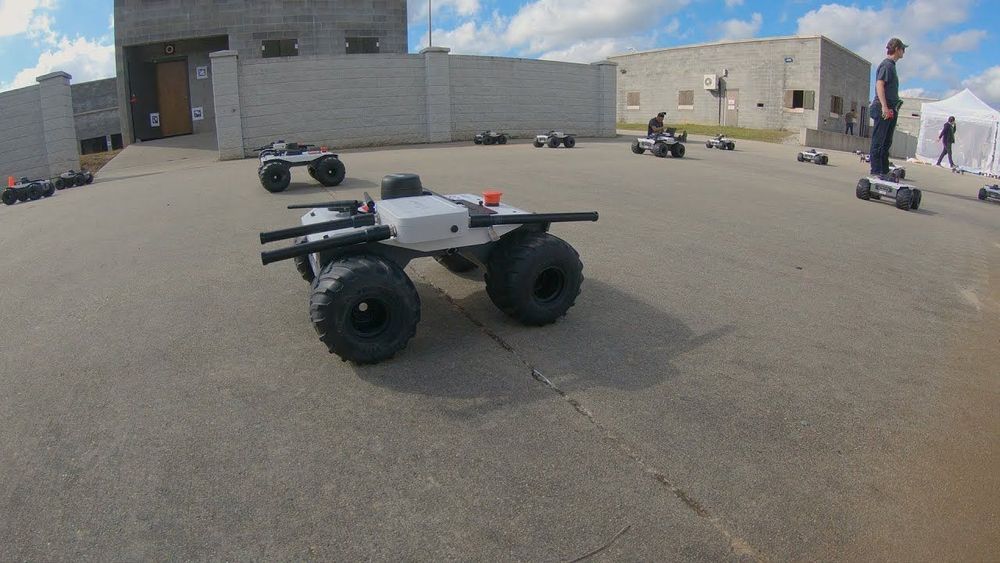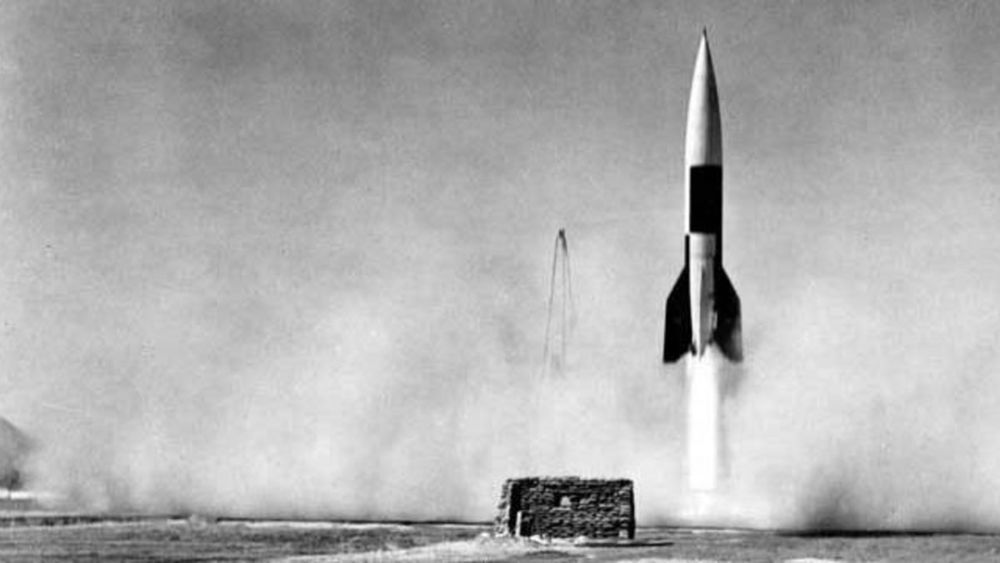Jan 31, 2020
DARPA deploys swarms of autonomous robots to carry out urban raid
Posted by Quinn Sena in categories: drones, military, robotics/AI
A swarm of autonomous robots has been deployed by researchers from DARPA to test how the technology could be used as part of an urban raid. The experiment was part of a project to find ways to map environments and gather real-time intelligence using aerial and land based robots.
In the not-so-distant future, hundreds of unmanned drones and on-the-ground rovers could swoop into an area of interest and spew crucial data to human military operators faced with limited sight lines or tasked with navigating unpredictable spaces, researchers the Defense Advanced Research Projects Agency (DARPA) said this week.

















